Interview with Professor Noriko Tsuya
Lifestyle and Life Course Revealed by Population Data:
Trajectory of Professor Noriko Tsuya's Research on Demographic Changes in Contemporary and Early Modern Japan
Trajectory of Professor Noriko Tsuya's Research on Demographic Changes in Contemporary and Early Modern Japan
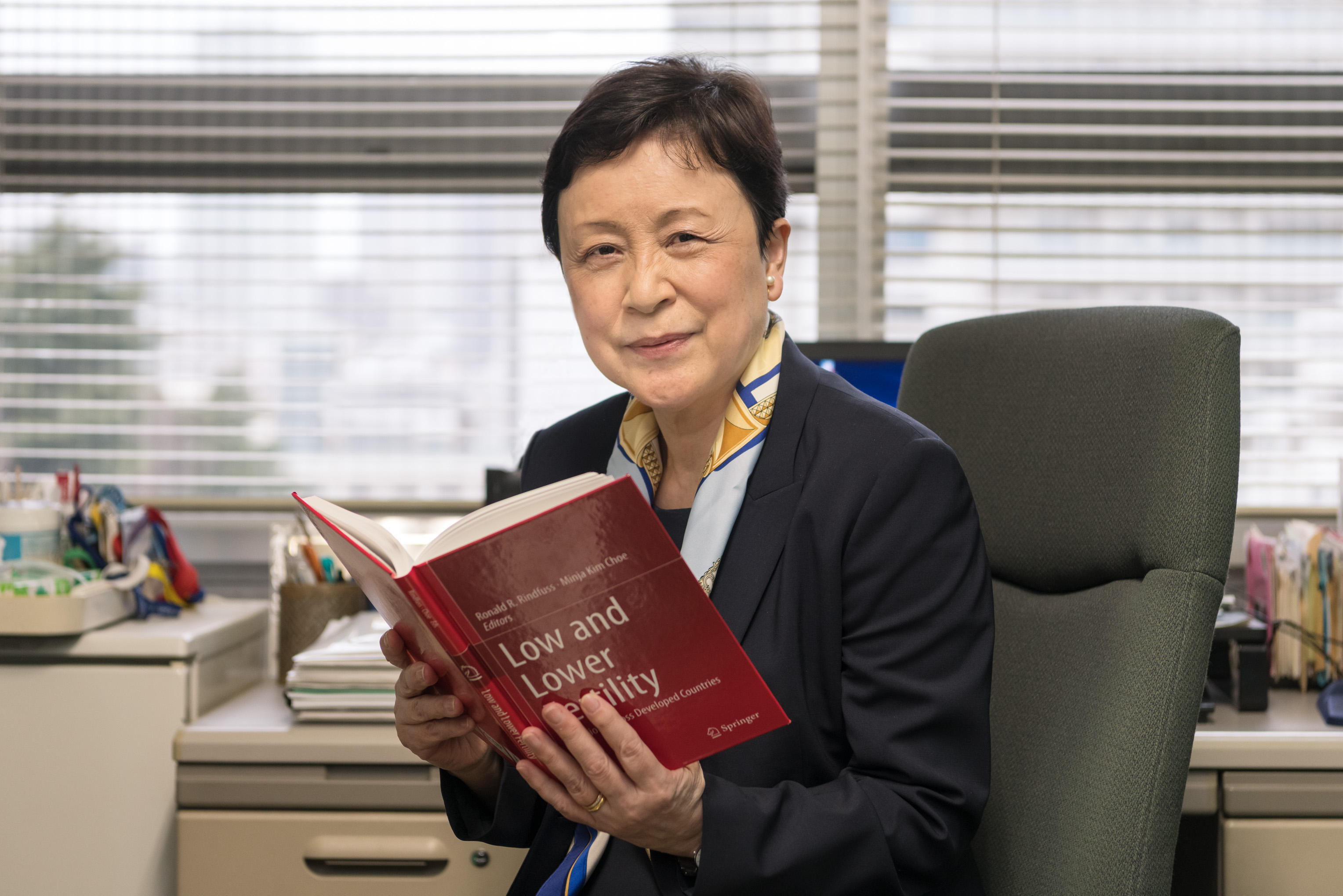
Noriko Tsuya (Distinguished Professor, Keio University)

Interviewer: Masato Yasui (Director of KGRI; Professor, School of Medicine)
In February 2020, Professor Noriko Tsuya, whose research has long focused on demographic and socioeconomic changes in Japan and beyond, delivered her final lecture as professor of the faculty of economics at Keio University and the director of the Keio University Institute for Economic Studies. In April of the same year, she was appointed as distinguished professor of Keio University and joined the Keio Global Research Institute (KGRI) as senior researcher.
This interview looks briefly at her research career over the last 40 years and shares her thoughts on population studies and their implications to economy and society.

What Is Demography as an Academic Discipline?
Rapid population aging and population decline due to prolonged low fertility have been attracting a great deal of attention in Japan in recent years. And various policy efforts have been made to halt the further sliding of fertility to very low levels by helping men and women balance work and family life and making the workplace more family friendly. Despite the ardent society-wide attention paid to these demographic issues in the country, however, many of us are not familiar with demography as an academic discipline.
According to Professor Tsuya, demography is a "discipline that, treating population as a part of society, analyzes how population changes are related to other spheres of the society such as economy, environments, politics and policy, and culture." Thus, demography is by nature interdisciplinary, and her research has been focusing on family formation, especially social, economic, and household factors of marriage and childbearing, in the context of changing life course of Japanese men and women.
Turning to demography as part of college education, Professor Tsuya emphasizes contributions that Keio University has made to demography as an academic discipline in Japan's higher education: "What makes Keio University really unique is its early inclusion of demography in the main curriculum of the economics department. In the 1930s, late Professor Takuma Terao established demography (jinko-ron) as a core subject in economics, and it continues to be a basic course of the department in which many undergraduate students are enrolled every year. Given the increasing public attention paid to demographic issues in Japan in recent years, it is indeed amazing that Professor Terao recognized the importance of demography in university education more than 80 years ago, and that Keio University had foresight to support Professor Terao's initiative."
Professor Tsuya explains that demography is an interdisciplinary field, attracting researchers from such diverse fields as economics, sociology, history, anthropology, public health and epidemiology, and environmental sciences. "Mathematical and statistical backgrounds are also important because demography is an empirical science, that analyzes the relationships between population and socioeconomic changes using statistical data, thereby offering various policy implications."
Interested in Mass Behavioral Change
Professor Tsuya studied demography and quantitative methodology as her special fields when she was a Ph.D. degree student at the University of Chicago during the 1980s.
"When I had to choose fields of specialization as a graduate student of the Ph.D. program, I asked myself what I really wanted to study. Some of my classmates were keen on studying theories of such high-power intellectuals as Max Weber and Karl Marx. And I also took courses on social and economic theories. As important as social and economic thoughts were, they somehow did not appeal to me as possible study fields. What I found interesting were demography and social statistics, as I thought that we needed to know how many people lived where, and how many were born and died each year."
"I guess I was at heart interested in common people and their behavioral changes, rather than those of elites or leaders," she reflects. "Demography pays equal attention to all people who make up a human society, and the discipline was a perfect fit for my mentality."
"Furthermore, demography is a discipline that often involves collaborative research with other people. By working with other scholars to achieve common research goals, I thought I would be able to have invaluable opportunities to learn first-hand what takes to be a good researcher, thereby to do something useful to the society. It is telling that the word "demo" at the head of the English term "demography" means "common people."
Choosing demography as her special field at the University of Chicago's graduate school, Professor Tsuya took a series of classes on demographic methods taught by late Professor Evelyn M. Kitagawa. Trained as mathematical demographer, Professor Kitagawa was one of the first women who became distinguished professor at the university and the president of the Population Association of America.
"Mrs. Kitagawaーall students addressed to her as "Mrs. Kitagawa" because almost all professors at the university had a doctoral degree and thus only medical doctors were addressed with the title of Dr.ーwas a tough teacher. As demanding as she was when she taught demography, she also showed students through her own actions and words how important it is to continue working hard by giving 100% to what you study. I took her teachings to heart and studied so seriously that I sometimes had dreams (nightmares?) about her classes."
"Eventually, Professor Kitagawa agreed to be the chair of my Ph.D. dissertation committee. While I was writing the dissertation, Mrs. Kitagawa instructed me to submit one chapter at a time, and she gave me detailed comments and suggestions on it in writing. After that, we met at her office for consultation and discussion, which often took several hours. Writing a chapter with the utmost diligence and care, I was first surprised when it was returned with tons of markings and corrections in red ink. As time passed, however, I came to really appreciate her advice that were so valuable that it still serves as a guidepost for me to go on as a researcher. Through her thorough and uncompromising approach toward academic work, Mrs. Kitagawa showed me what it takes to be a good scholar. She is my mentor, and I am forever grateful to her for what I am today."
Demography Beginning to Attract Attention in Japan in the 1990s
Professor Tsuya returned to Japan from the United States at the end of the 1980s. Soon afterwards, the '1.57 Shock' occurred. When the 1989 total fertility rate of 1.57 was revealed in the following year as lower than that of 1.58 in 1966, a year of hinoe uma (fire horse) which is traditionally regarded as unlucky year to give birth to a girl, the news spread rapidly and the populace was alarmed, thereby making this incident known widely as such a shocking event.
"Owing at least in part to the 1.57 Shock, people began to pay close attention to fertility decline and population aging. And demography, which I think had not been regarded before then as a major academic discipline in the country, suddenly began to attract the society-wide attention. Because my research was focused on fertility and family building in Japan and other developed societies, I benefitted from this "boom" and was given many opportunities to give a talk and write papers on Japan's low fertility and declining marriage."
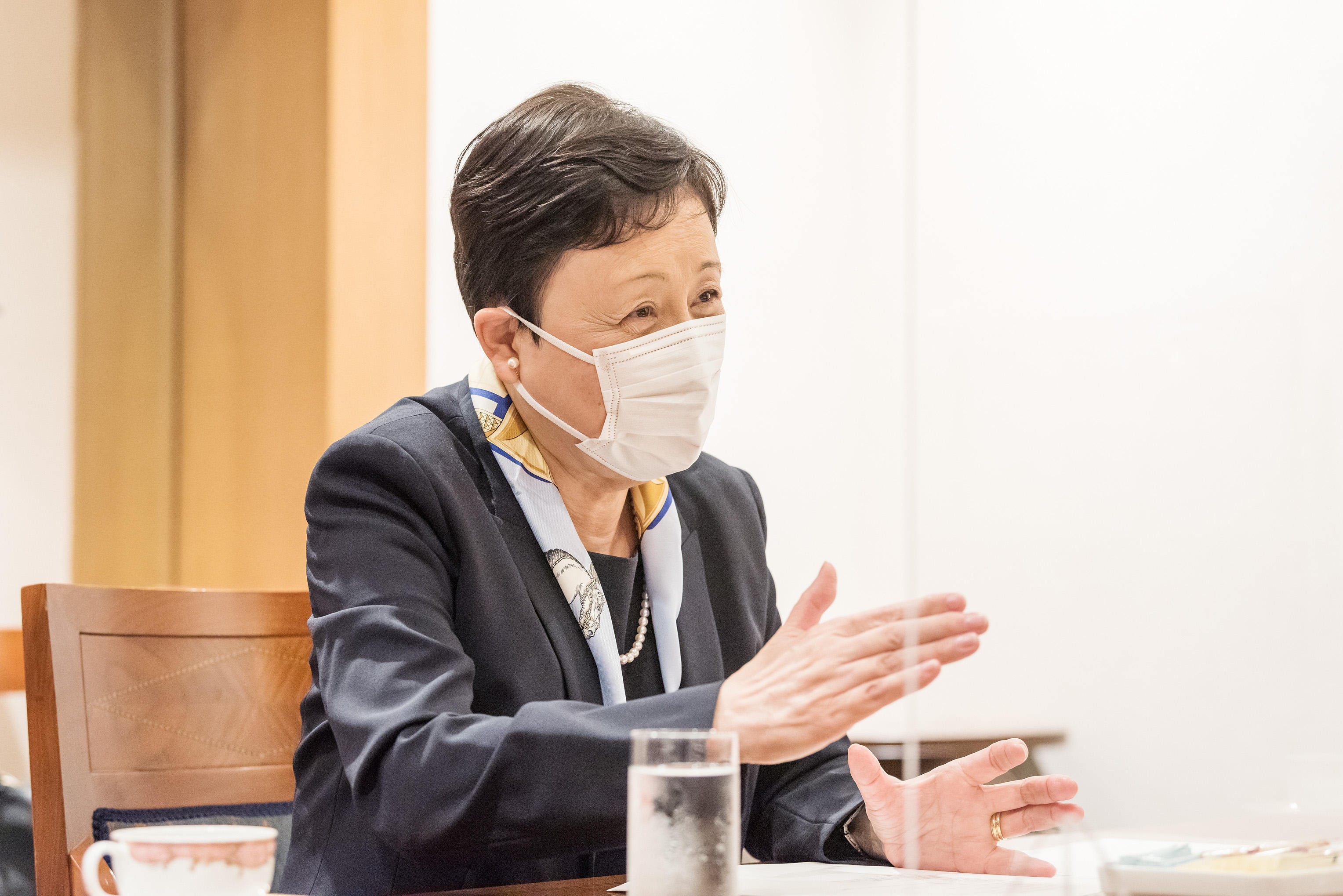
Studies and Data Sources on Populations in Early Modern Japan
"In the mid-1990s, I had a luck to meet late Professor Akira Hayami (professor emeritus of Keio University and of the International Research Center for Japanese Studies) and was invited to take part in a large-scale international comparative research project on historical demography called the "Eurasian Population and Family History Project," which he led as the principal investigator," recalls Professor Tsuya. "The Eurasian Project examined the impacts of local economic conditions and family/household structures on demographic behaviors, comparing 5 populations in Europe and East Asia in the 18th and 19th centuries."
"And the project bore fruit in publishing three English volumesーone on mortality in 2004, one on reproduction in 2010, and one on marriage and marital disruption in 2014ーall published by MIT Press, as well as numerous articles. By taking part in this international collaborative project, I began to engage earnestly in historical demography, focusing on early modern Japan. This made me wear two hats, so to speak, although my research remained (and still remains) to focus on fertility and family change in contemporary Japan." The 2010 volume on reproduction, Prudence and Pressure: Reproduction and Human Agency in Europe and Asia 1700-1900, for which she was the first author, won the Population Association of Japan award in 2012 and the Keio Gijuku award in 2014.
Turning to a question regarding time periods that historical demography studies, Professor Tsuya explains that definitions of historical populations differ by society and change over time. "In Japan, populations in and prior to the early modern period (kinsei) can be safely regarded and widely accepted as historical populations. Given the availability of good empirical data, the early modern period that historical demography in Japan deals with largely corresponds to the Tokugawa period. Further, I also think that the 50 years from the Meiji Restoration to Japan's first modern population census in 1920 is also a period of interest for historical demographic studies."
"The main and best data sources for demographic research on early modern Japan are, without doubt, local population registers called the "shumon-aratame-cho" (SAC) or the "ninbetsu-aratame-cho" (NAC). The original purpose of the SAC was to identify hidden Christians and prevent the entry and spread of Christianity in Tokugawa Japan, while the NAC was primarily for population investigation and registration. Over time, these two types of registers came to record at regular intervals basic demographic information of individuals living in same households such as name, age, gender, and relationship to head. They sometimes recorded demographic events such as deaths, births, and migration that occurred between two consecutive registrations. Some registers even recorded socioeconomic information such as household landholding and social class. If these population registers exist for a long period of time with a limited number of years missing, we can construct a high-quality longitudinal dataset for demographic analyses."
Interesting Discoveries by Her Historical Demographic Research
Professor Tsuya explains more specifically her historical demography project. "The project on which I have been workingーin collaboration with other historical demographersーfor the last 25 years draws data mainly from the ninbetsu-aratame-cho (NAC) in farming villages in the Nihonmatsu domain, which was situated in the central part of present Fukushima prefecture. The NAC records of these Nihonmatsu-domain villages have important strengths as demographic data: They were enumerated annually, covering over 150 years from the early 18th century to 1870 with only a small number of years missing. Compiled on the principle of current domicile, they also provide dates of demographic events such as birth and death and exits from the registers due to unknown reasons are extremely rare. Thus, we have virtually undisrupted population data of these farming villages spanning the last two centuries of the Tokugawa era."
Responding to a question about what she found particularly interesting among the results of her historical demographic research, she begins by saying: "While contemporary demography deals with populations that are constantly changing and thus need constant updating, historical demography pertains to people and communities who lived and existed long time ago and thus its findings never become outdated and obsolete. Historical demography allows me to see the universality of human behaviors while it also sheds light to unexpected and surprising discoveries. These are what I found most appealing and fun about doing historical studies."
As an example of surprising discoveries, Professor Tsuya discusses the effects of size and gender composition of surviving children on family building in farming villages in the Nihonmatsu domain mentioned above. "When married couples had no surviving child, they were more likely to have a girl recorded as their first child. Once couples had a girl, however, they were much more likely to have a boy than a girl. Especially notable were dramatic increases in the sex ratio of recorded births among couples with no surviving son: couples without a son but with two or more daughters were more than twice more likely to register a boy rather than a girl as their next child. These findings suggest the widespread and sophisticated use of gender-selective and parity-specific infanticide, aiming to achieve a relatively small family size with a gender-balanced and possibly gender-ordered offspring set."
On the other hand, she points out as an example of universality of human behaviors the protective effects that the presence of older sisters had on male childhood mortality in the same farming communities. "Our multivariate analysis showed that, compared to boys without a coresident older sister, boys who had at least one older sister living with them had a much lower childhood mortality. Girls were likely baby-sitters, and this finding implies that having such kin-caregivers nearby significantly increased the survival chances of small boys, as those girls must have given loving care to their little brothers. Being the northern most boundary of rice farming, the northeast was economically the most backward region in Tokugawa Japan. With limited resources available and being affected seriously by many crop failures and famines, peasants were poor, and their lives were often difficult. Nevertheless, strong family bond helped them survive not only when times were bad but also in good times."
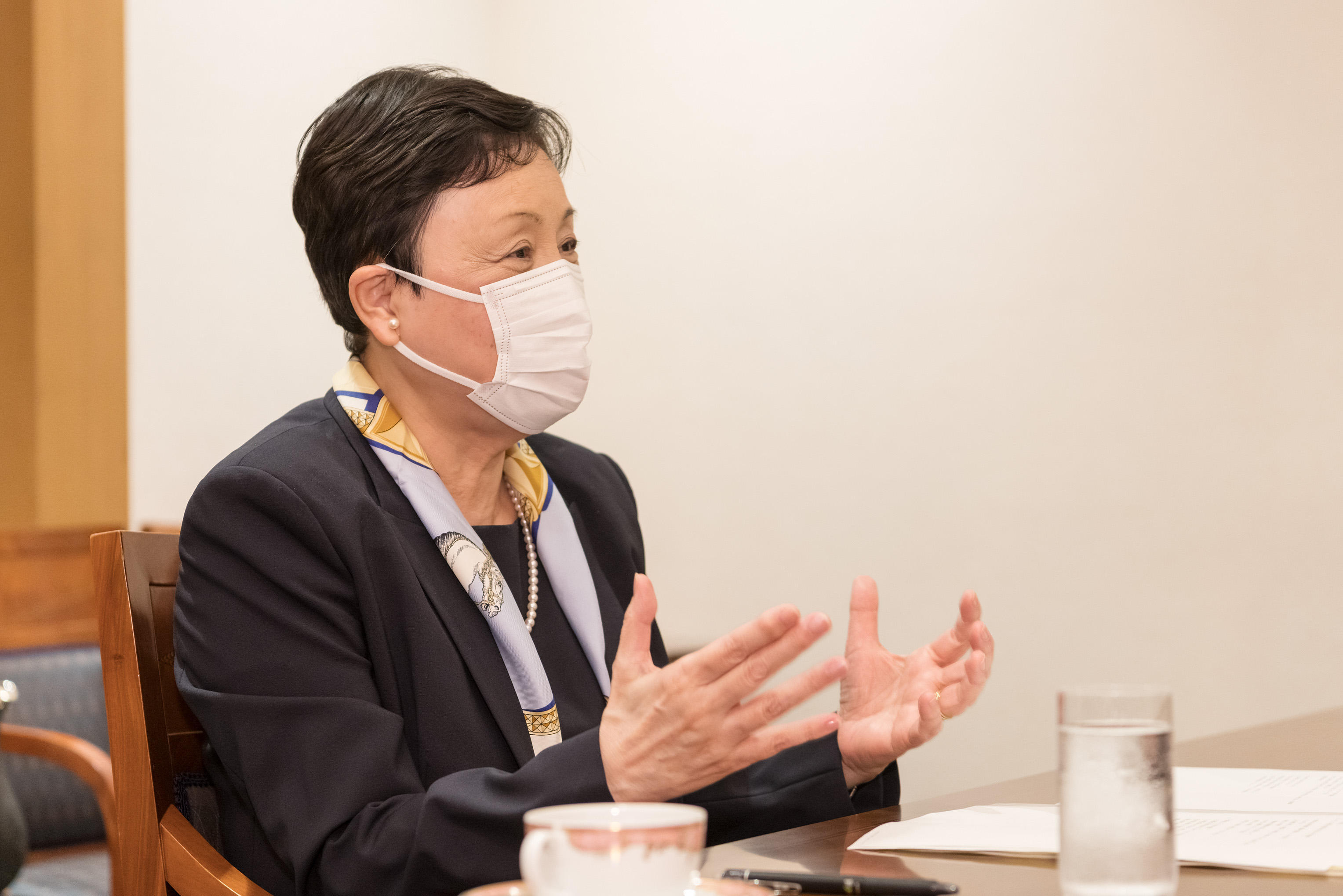
Prospects and Challenges of Demography
"Historical demography is a discipline that often requires perseverance. It took me more than 10 years to publish the volume on reproduction based on the Eurasia Population and Family History Project," recalls Professor Tsuya. "Historical studies tend to be time-consuming because the collection and construction of historical data often involve intensive and detailed work. Consequently, the number of graduate students specializing in historical fields including historical demography seems to be limited, I think."
"Owing to the rapid developments of computer hardware and statistical software combined with an increasing access to large-scale micro-level survey data, the opportunities for students to hastily conduct empirical analyses are increasing, I am afraid. However, a "quick and dirty job" in data analyses, rushing to publish the results as soon as possible, does not lead to good work. As an expression often used in multivariate analysesーgarbage in, garbage outーindicates, hasty and careless work hurts the quality of research. We are in an era of information overload, and it has become increasingly easier and quicker to obtain information. This in turn makes us not to think too much about what we are doing and what they mean. But we should resist temptations to seek easy way out," she warns.
Demography has been benefitted greatly by technological innovations including the rapid developments of computer hardware and software. She continues: "As I have just said, due to an easy access to large-scale micro-level data combined with the developments of high-power statistical software, it became possible to conduct complicated multivariate analyses without spending much time. Computers instantaneously perform a programmed job with unparalleled accuracy. However, statistical software cannot automatically construct variables and select appropriate analytical models. Rather, it is researchers who make these decisions based on what are suitable in terms of research purposes and strategies. As technological innovations progress, human judgements and decisions become increasingly more important. For this, it is indispensable for researchers to have a wide and flexible perspective toward research, acquired and nurtured not only by their own hard work but also through collaborating with other researchers."
"Society is changing constantly. As social sciences study societal changes, there are infinite topics for research. But there are no definite, fixed answers regarding causes and consequences of these social changes. Therefore, we have to keep thinking about the meanings and implications of findings from our research."
"For example, according to the latest official population projection of Japan, rapid population decline and extreme population aging are expected to continue for some more years to come. Population projections can quantitatively estimate, with considerable accuracy, future changes in the size and age structure of a population, based on observed changes in fertility and mortality that have already occurred. The government therefore needs to respond swiftly at the early stages of these demographic changes without waiting until these changes are well underway, although I am aware that this is easier said than done. To help the government and society foresee what kinds of changes are to occur, I think it is important and useful to analyze demographic changes in an interdisciplinary and multidimensional manner, so that demographers can contribute to the understanding of the mechanisms of social and economic changes."
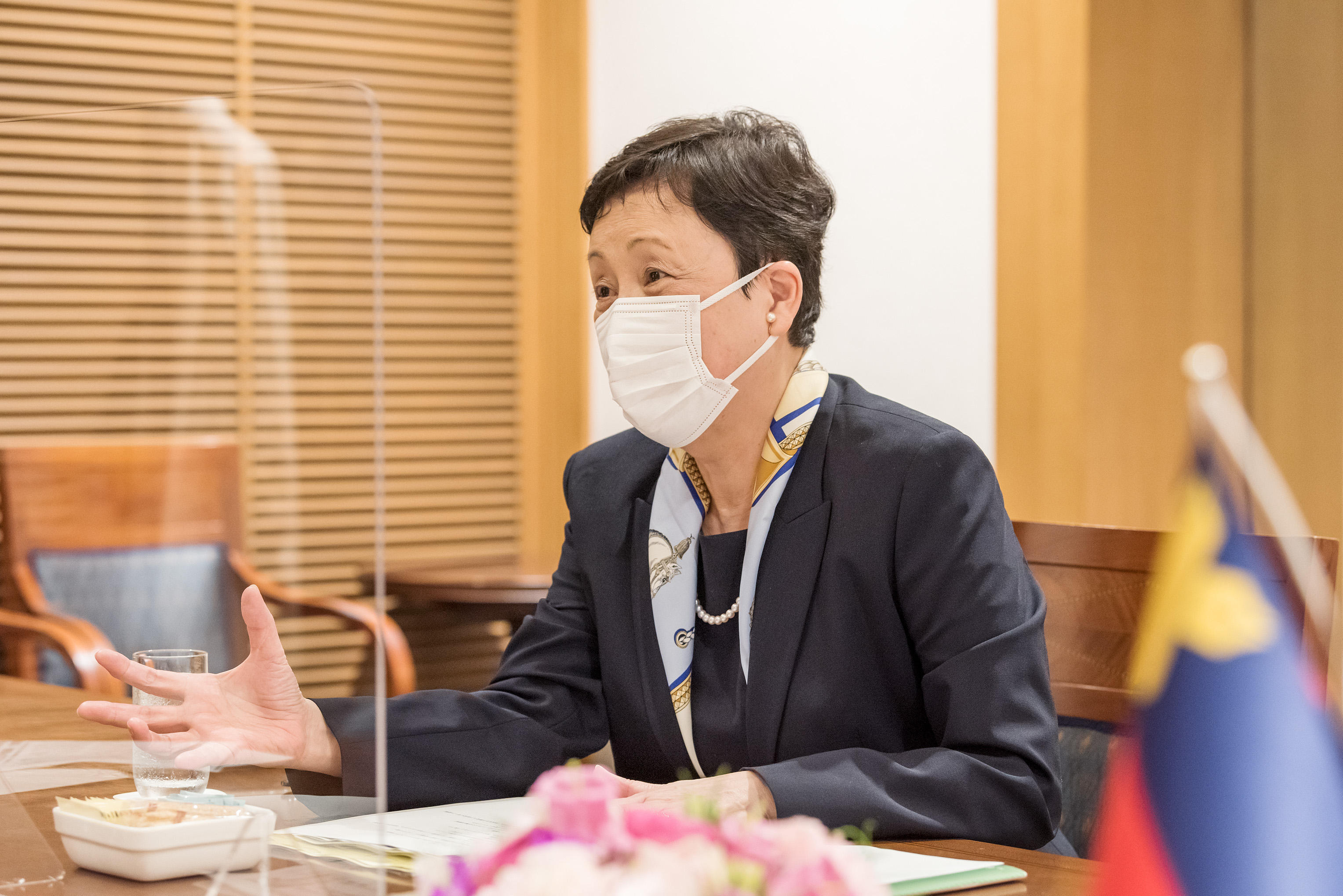
Her Research Hereafter
Professor Tsuya plans to continue her demographic research as a senior researcher of the KGRI. In April 2020, she launched at the institute the research project 'Prolonged Life Span and Changing Life Course in Japan,' which seeks to examine the patterns and factors of life course changes in Japan in a long-term perspective. "Life course is shaped by major demographic events such as birth, schooling, employment, marriage, childbearing, retirement, and death. Viewing these events as mass behaviors, we can estimate the average timing in which they typically occur. Further, we can also estimate the likelihood of transition from one event to the next event. Risk overgeneralization, the average timing of experiencing these demographic events has become increasingly later, and the probability of transition from one event to the next has become lower in Japan and many other Asian countries."
Taking first marriage as an example, she explains: "Like elsewhere in Asia, Japan has a tradition of universal marriage with a large majority of women typically married by their mid-20s and men by their late 20s, and around 80% of Japanese women aged 25-29 and roughly 90% of men aged 30-34 were married in 1975. However, this traditional marriage pattern started to weaken in the mid-1970s, and the proportion never married among women in their late 20s and early 30s started to rise sharply, reaching around 60% and 35%, respectively, in 2015. Likewise, the proportion single among men aged 30-34 jumped from 14% in 1975 to 47% in 2015."
"Further, the proportion never married at age 50, which is the most commonly used indicator of the level of permanent non-marriage, started to show a clear sign of increase in recent years. While it remained at only 1-2% in early postwar years, the proportion never-married at age 50 reached 14% for women, and 23% for men in 2015. This means that in 2015 around one-seventh of Japanese women and nearly one quarter of Japanese men remained never-married, and many of them are likely to have no spouses and children. This suggests that the numbers of elderly Japanese (especially men) without partners and offspring will soon increase dramatically. Japan's social systems are constructed under the assumption that almost everybody will get married and have children. This rapid increase in permanent non-marriage likely poses serious challenges to Japan's social security and welfare systems."
How are the timings and transition probabilities of life-course events changing, and what are the factors associated with these changes? And what impacts will they have on Japan's economy and society? Professor Tsuya's research continues.
Message to the Next Generation of Researchers
As a message to the next generation of researchers, Professor Tsuya expresses her hope that graduate students and young researchers actively search what they really want to study. "Hopefully, they find topics and study fields to which they feel worthy to devote their precious time and energy. Of course, things often do not go as we expect and hope, and there is no such thing as an easy job. We often do not realize the difficulties of what we try to do until we encounter them. This is my hope that, not giving in to temptation to maximum output with minimum input, young researchers work tenaciously on what they are truly interested in, overcoming various challenges."
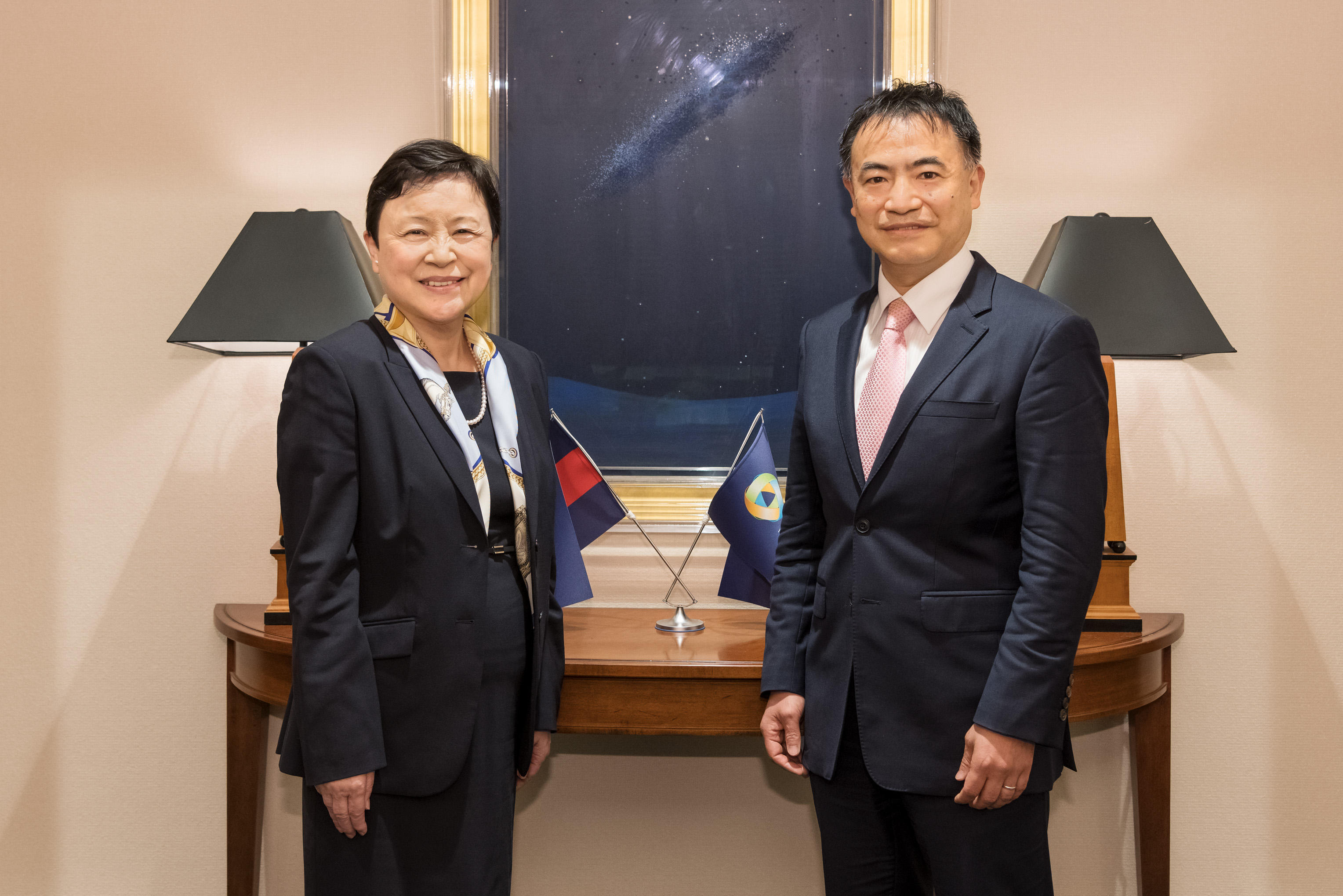
Photo: Susumu Ishito
※Affiliations and positions are those at the time of the interview.





